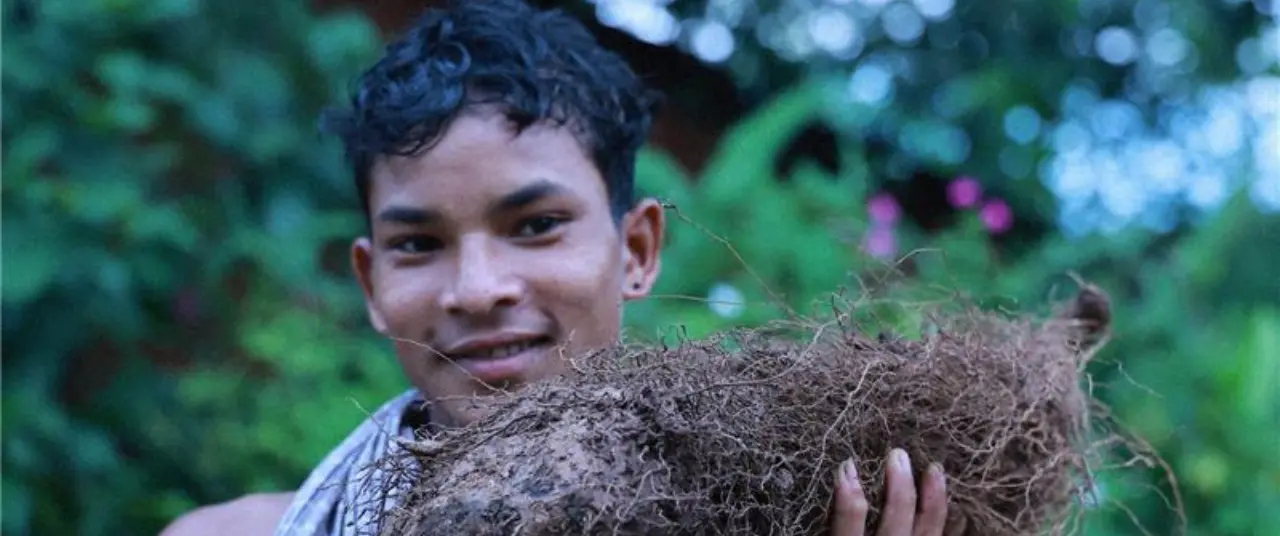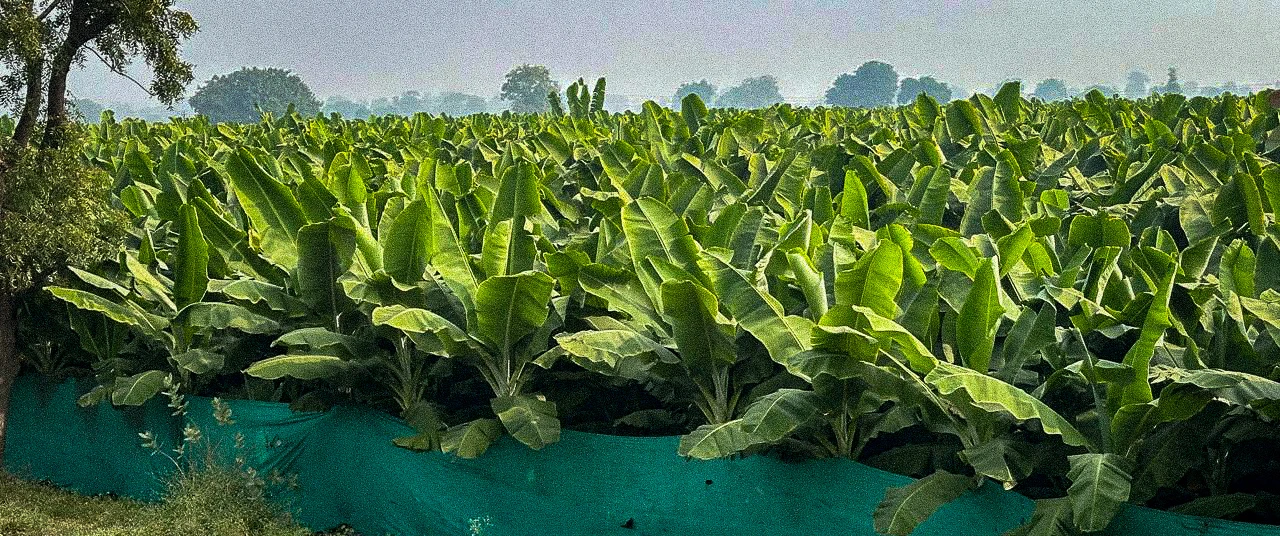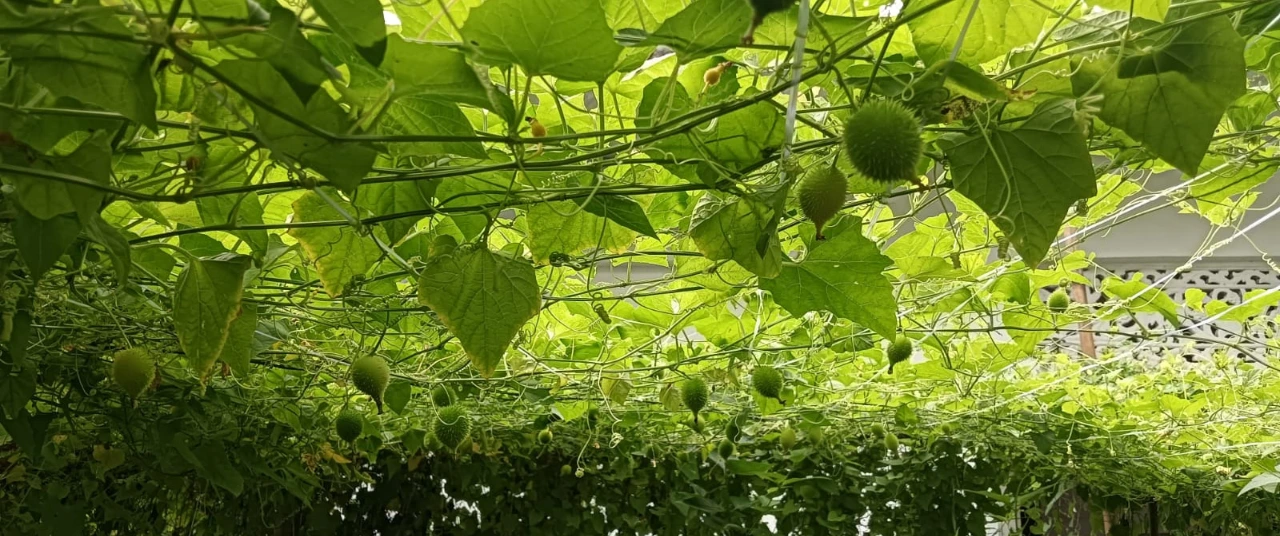Fox nuts was the most ordered snack on Instamart last year






The once under-appreciated, delicate lotus seeds, commonly known as makhanas or fox nuts, have recently gained traction as a healthy, low-calorie snack among the health-conscious community. No longer relegated to traditional wedding gifts or prayer assortments, these airy, nutty delights are now being consumed by a wider audience, signalling a shift towards healthier snacking habits.
Makhana has a rich history, being cultivated in India for over 3,000 years. Bihar takes the lead in Makhana production, contributing over 85% of the total production in the country. On the e-commerce platform Swiggy Instamart, Makhana became the most ordered snack last year.
Makhana seeds come from a water lily species, Euryale ferox, found across Asia. The seeds undergo a lengthy, labour-intensive process, where black seeds are popped and polished until they transform into their white, edible form.
%2520copy.avif)
Nutritional powerhouse
The seeds are packed with essential macronutrients like calcium and magnesium, along with numerous micronutrients. Not only are they nutritious, but they’re also easy to digest.
Makhanas are low in saturated fats, calories, sodium, and cholesterol, while being mineral-rich, especially in magnesium. Their low glycemic index makes them particularly supportive for heart health and diabetes management. Plus, they’re powerful antioxidants and have a long history of use in addressing various health concerns, such as chronic diarrhoea, diabetes, gonorrhoea, kidney disorders, constipation, stomach pain and beri-beri.
.avif)
In traditional Ayurvedic and Unani practices, fox nuts are valued for their potential aphrodisiac qualities. The alkaloid ‘drummine’ in the leaves is thought to contribute to the plant's anti-rheumatic effects, while all parts of the plant are known for their tonic, astringent, and de-obstruent properties.
Makhana gained significant popularity during the COVID-19 pandemic. “During COVID, doctors started advising that every day in the morning, one should consume 10 or 20 raw or roasted makhanas so that it can fulfil the protein requirement, some vitamins and other minerals nutrients,” said Dr Indu Shekhar Singh, principal scientist at the Research Centre for Makhana in Darbhanga.
“From 2020-2021 onwards we have seen that it is now marketed and sold at medical shops also. Many farmers have been given the training to become entrepreneurs, particularly in the North Bihar region. They are now selling snacks, seeds and even Makana cookies,” he added.
GI tag
To unlock makhana’s potential, a regional centre was set up in Darbhanga under the ICAR Research Complex for the Eastern Region. The centre leads a range of research and development initiatives, including the creation of 'Swarna Vaidehi,' the first variety tailored to thrive in Bihar’s wetlands.
According to estimates from the National Research Center for Makhana, Darbhanga (ICAR), India’s makhana cultivation covers about 15,000 hectares, producing 120,000 metric tons of makhana seeds. After processing, this yields around 40,000 metric tons of makhana pop, with an estimated farm-level value of Rs 250 crore and trader-level revenue reaching Rs 550 crore.
Makhana is a high-value crop primarily grown in Bihar and parts of eastern India, and naturally found in states like Madhya Pradesh, Rajasthan, Jammu & Kashmir, Tripura, and Manipur. Darbhanga city’s Gullobara Bazar serves as a key trading hub, handling about 2,000 metric tons annually, while Madhubani sees 3,500 metric tons traded each year. In Katihar, roughly 3,000 metric tons are traded, with Katihar town and Kada Gola as major markets. Meanwhile, Purnia district’s markets (Harda, Sapni, Khushkibagh, Belauri, and Gulabbagh) handle about 3,500 metric tons yearly.
Despite Bihar’s lead in makhana production, the largest wholesale markets are outside the state, located in Khari Bowli (New Delhi), Nayaganj (Kanpur), Gola Dinanath and Vishweshwarganj (Varanasi). Makhana also reaches international markets, including the USA and the Middle East.
In 2022, makhana received a geographical indication (GI) tag, protecting its unique identity against imitation.
High value
Compared to common weight-loss snacks like peanuts and popcorn, makhanas are more expensive, typically costing between Rs 600 and Rs 1,800 per kilogram. This premium price stems largely from the labour-intensive harvesting process.
“The price [of makhana] this year is higher than the other nuts, particularly cashew and almonds. It is being sold in the market at a rate of Rs 1200 to Rs 1400 rupees per kg. We can see how important it is being given to by all the entrepreneurs and purchasers,” said Singh.
Despite its economic value, makhana production remains one of the most labour-intensive processes. Skilled workers collect seeds from muddy pond beds using long bamboo poles between 9 am and 4 pm, navigating the thorny plants. After harvesting, the seeds are stored in a traditional container called a gaanja, cleaned through a two-step process, and sun-dried for several hours.
The seeds are then graded using ten different-sized sieves, heated in cast iron pans or earthen pitchers over an open flame, and left to cool at room temperature for three days in a process called tempering. Finally, the seeds are roasted until they pop and are packaged for sale.
It’s worth noting that despite the effort, only around 40% of the initial harvest reaches the market as edible makhana. The traditional techniques, passed down through generations, have remained largely unchanged for centuries.
Versatile profile
Though makhana is popular as a snack, it can also be enjoyed in various ways. Makhana’s neutral taste allows it to shine in both savoury and sweet dishes, making it a versatile ingredient for chefs and home cooks alike. Puffed makhana is often seasoned with oil and spices or used in curries, complementing green vegetables and pulses when powdered, flaked, or used whole.
Makhana is also widely used in desserts, such as kheer (a porridge-like dish) made by chefs like Avinash Kumar from the Novotel hotel chain. Healthier dessert options like makhana barfi, kalakand, and makhana chapati provide high calories with low sugar, appealing to health-conscious consumers. The sweets are also commonly offered as prasad after religious ceremonies.
Recently, makhana has found new life in fusion recipes, with caramelised makhana, chocolate-coated makhana, and makhana chocolate cookies gaining popularity among those with a taste for Western-style treats.
{{quiz}}
Explore other topics
References
- https://timesofindia.indiatimes.com/gadgets-news/this-was-the-most-ordered-snack-on-swiggy-instamart-in-2023/articleshow/106128864.cms
- https://en.wikipedia.org/wiki/Euryale_ferox
- http://ijpba.info/index.php/ijpba/article/view/36
- http://ijar.org.in/stuff/issues/v4-i3(1)/v4-i3(1)-a025.pdf
- https://horticulture.bihar.gov.in/HORTMIS/BAIPP/Downloads/ModelDPRMakhana.pdf
- https://indianexpress.com/article/business/govt-awards-gi-tag-mithila-makhana-for-farmers-profit-8102198/
- https://www.indulgexpress.com/recipe/2019/Oct/01/navaratri-special-recipes-makhana-kheer-sabudana-thalipeeth-cheela-shira-novotel-hilton-18539.html











